The Bibi Ka Maqbara (English: "Tomb of the Lady") is a tomb located in the city of Aurangabad in the Indian state of Maharashtra. It was commissioned in 1660 by the Mughal emperor Aurangzeb's son prince Azam Shah in the memory of his loving mother Dilras Banu Begum (posthumously known as Rabia-ul-Durrani). It bears a striking resemblance to the Taj Mahal, the mausoleum of Aurangzeb's mother, Mumtaz Mahal. Aurangzeb was not much interested in architecture though he had commissioned the small, but elegant, Moti Masjid at Delhi. Bibi Ka Maqbara is the second largest structure that Aurangzeb has built, the largest being the Badshahi Mosque.
The comparison to the Taj Mahal has often obscured its very own considerable charm. Due to the strong resemblance, it is also called the Dakkhani Taj (Taj of the Deccan). Bibi Ka Maqbara is the "principal monument" of Aurangabad and its historic city. An inscription found on the main entrance door me...Read more
The Bibi Ka Maqbara (English: "Tomb of the Lady") is a tomb located in the city of Aurangabad in the Indian state of Maharashtra. It was commissioned in 1660 by the Mughal emperor Aurangzeb's son prince Azam Shah in the memory of his loving mother Dilras Banu Begum (posthumously known as Rabia-ul-Durrani). It bears a striking resemblance to the Taj Mahal, the mausoleum of Aurangzeb's mother, Mumtaz Mahal. Aurangzeb was not much interested in architecture though he had commissioned the small, but elegant, Moti Masjid at Delhi. Bibi Ka Maqbara is the second largest structure that Aurangzeb has built, the largest being the Badshahi Mosque.
The comparison to the Taj Mahal has often obscured its very own considerable charm. Due to the strong resemblance, it is also called the Dakkhani Taj (Taj of the Deccan). Bibi Ka Maqbara is the "principal monument" of Aurangabad and its historic city. An inscription found on the main entrance door mentions that this mausoleum was designed and erected by Ata-ullah, an architect and Hanspat Rai, an engineer respectively. Ata-ullah was the son of Ustad Ahmad Lahauri, the principal designer of the Taj Mahal. Aurangzeb's son, Muhammad Azam Shah was in later years put in charge of overseeing the repair-work of the mausoleum by Shah Jahan.
 The tomb in the 1880s
The tomb in the 1880sDilras Banu Begum was born a princess of the prominent Safavid dynasty of Iran (Persia)[1] and was the daughter of Mirza Badi-uz-Zaman Safavi (titled Shahnawaz Khan),[2] who was the viceroy of Gujarat.[3] She married Prince Muhi-ud-din (later known as Aurangzeb upon his accession) on 8 May 1637 in Agra.[4] Dilras was his first wife and chief consort, as well as his favourite.[5][6][7][8] They had five children — Zeb-un-Nissa, Zinat-un-Nissa, Zubdat-un-Nissa, Muhammad Azam Shah and Sultan Muhammad Akbar.
After giving birth to her fifth child, Muhammad Akbar, Dilras Banu Begum possibly suffered from puerperal fever, due to complications caused by the delivery and died a month after the birth of her son on 8 October 1657. Upon her death, Aurangzeb's pain was extreme and their eldest son, Azam Shah, was so grieved that he had a nervous breakdown.[9] It became Dilras' eldest daughter, Princess Zeb-un-Nissa's responsibility to take charge of her newborn brother.[2] Zeb-un-Nissa doted on her brother a lot, and at the same time, Aurangzeb greatly indulged his motherless son and the prince soon became his best-loved son.[10]
In 1660, Aurangzeb commissioned a mausoleum at Aurangabad to act as Dilras' final resting place, known as Bibi Ka Maqbara ("Tomb of the Lady"). Here, Dilras was buried under the posthumous title of 'Rabia-ud-Daurani' ("Rabia of the Age"). In the following years, her tomb was repaired by her son Azam Shah under Aurangzeb's orders. Bibi Ka Maqbara was the largest structure that Aurangzeb had to his credit and bears a striking resemblance to the Taj Mahal, the mausoleum of Dilras' mother-in-law, Empress Mumtaz Mahal, who herself died in childbirth. Aurangzeb, himself, is buried a few kilometers away from her mausoleum in Khuldabad.
ConstructionBibi Ka Maqbara is believed to have been built between 1668 and 1669 C.E. According to the "Tarikh Namah" of Ghulam Mustafa, the cost of construction of the mausoleum was Rs. 668,203-7 (rupees six lakh, sixty-eight thousand, two hundred three and seven annas) – Aurangzeb allocated only Rs. 700,000 for its construction.[11] An inscription found on the main entrance door mentions that this mausoleum was designed and erected by Ata-ullah, an architect and Hanspat Rai, an engineer respectively. The marble for this mausoleum was brought from mines near Jaipur. According to Tavernier, around three hundred carts laden with marble, drawn by at least 12 oxen, were seen by him during his journey from Surat to Golconda. The mausoleum was intended to rival the Taj Mahal, but the decline in architecture and proportions of the structure (both due to the severe budgetary constraints imposed by Aurangzeb) had resulted in a different and particular monument with its own significant beauty.[12]
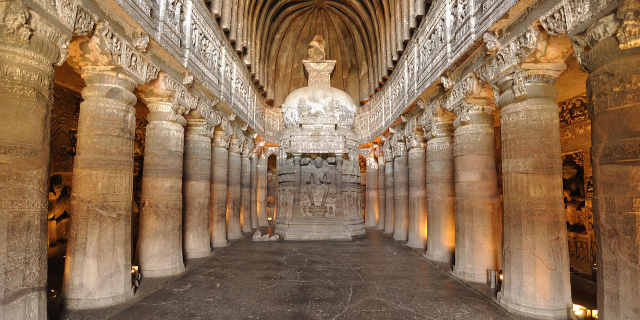

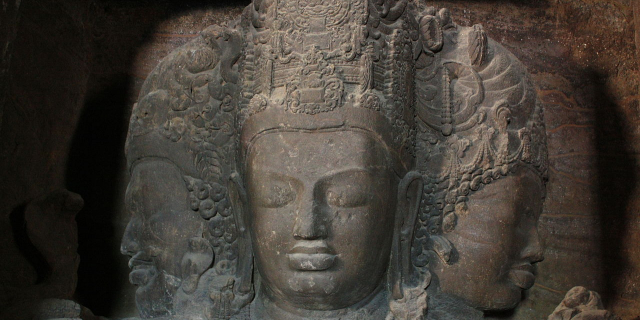




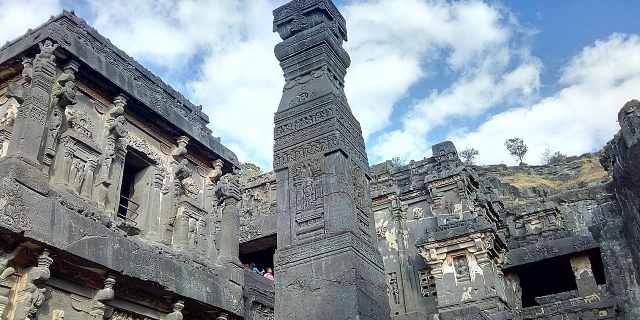
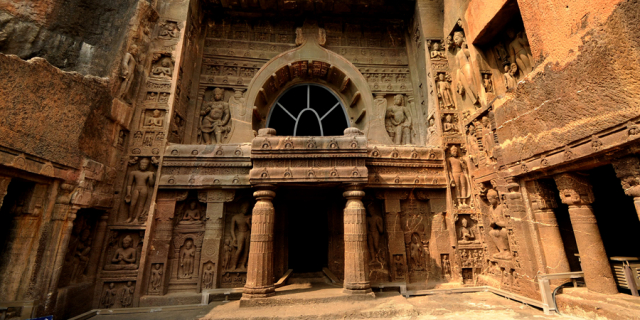

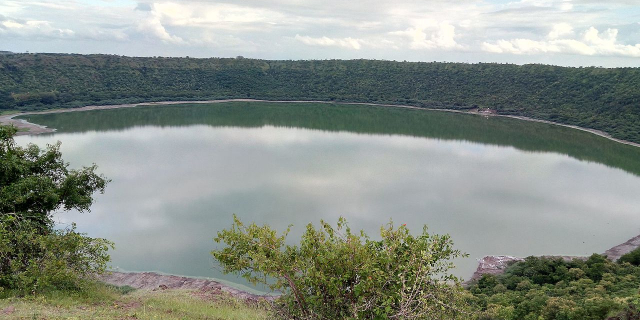

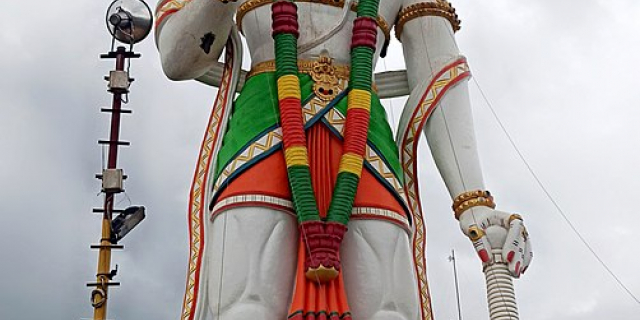
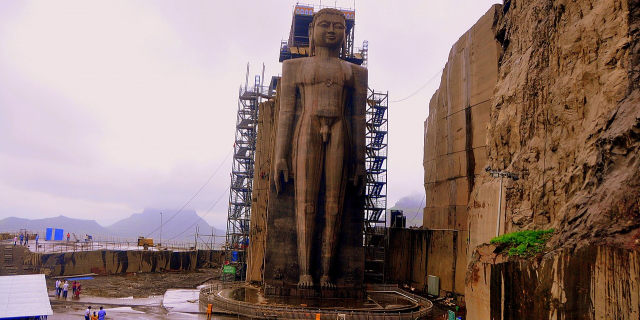

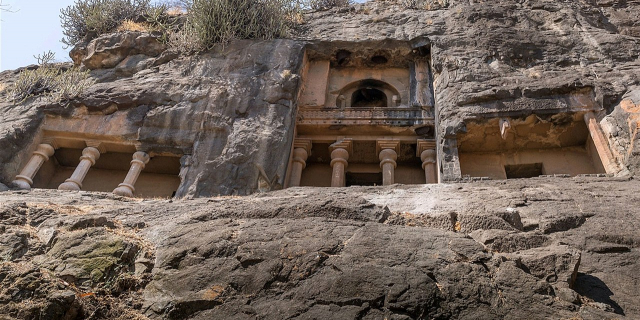

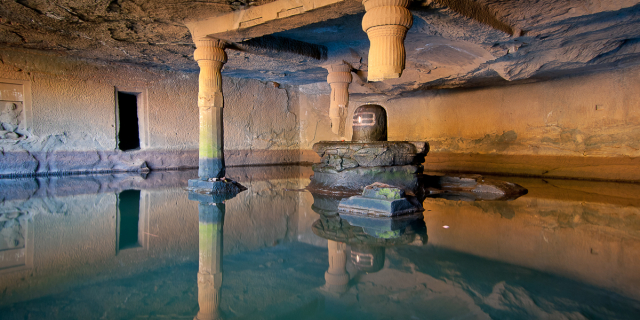


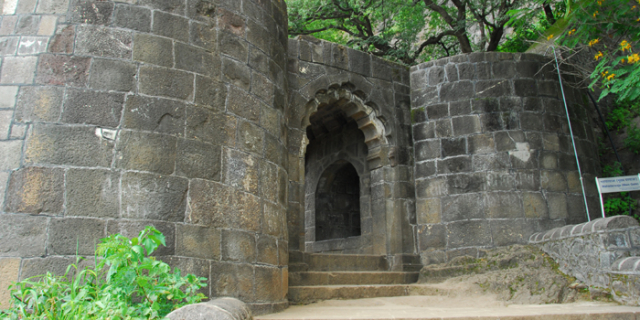
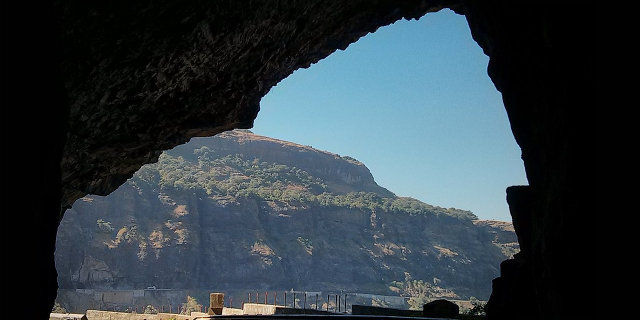

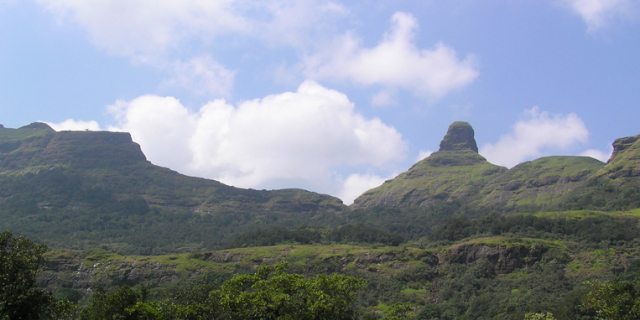

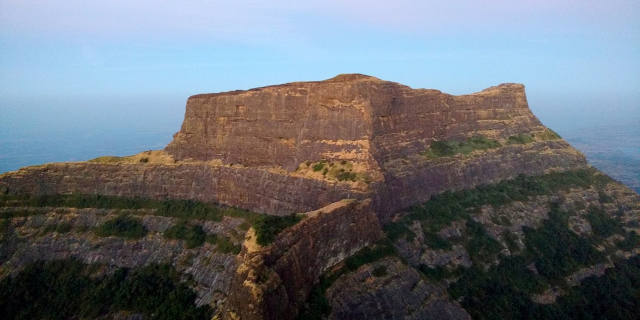
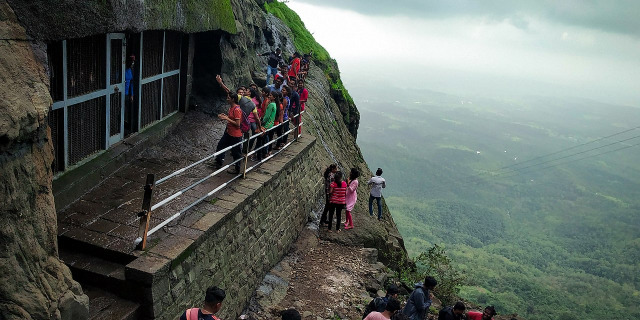


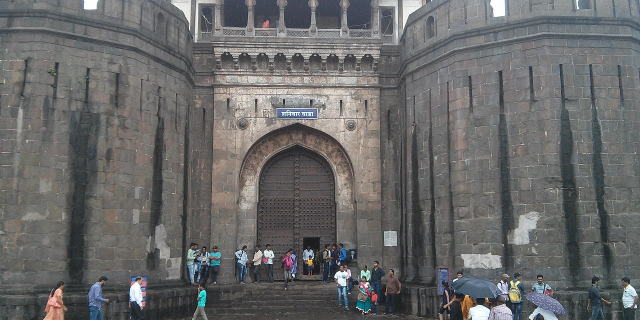
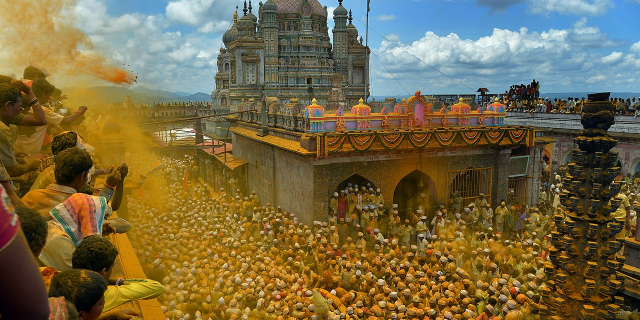
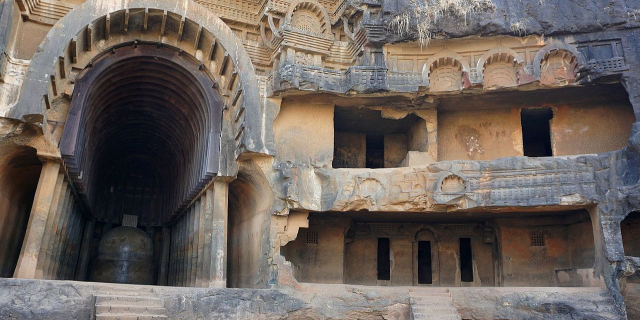


Add new comment